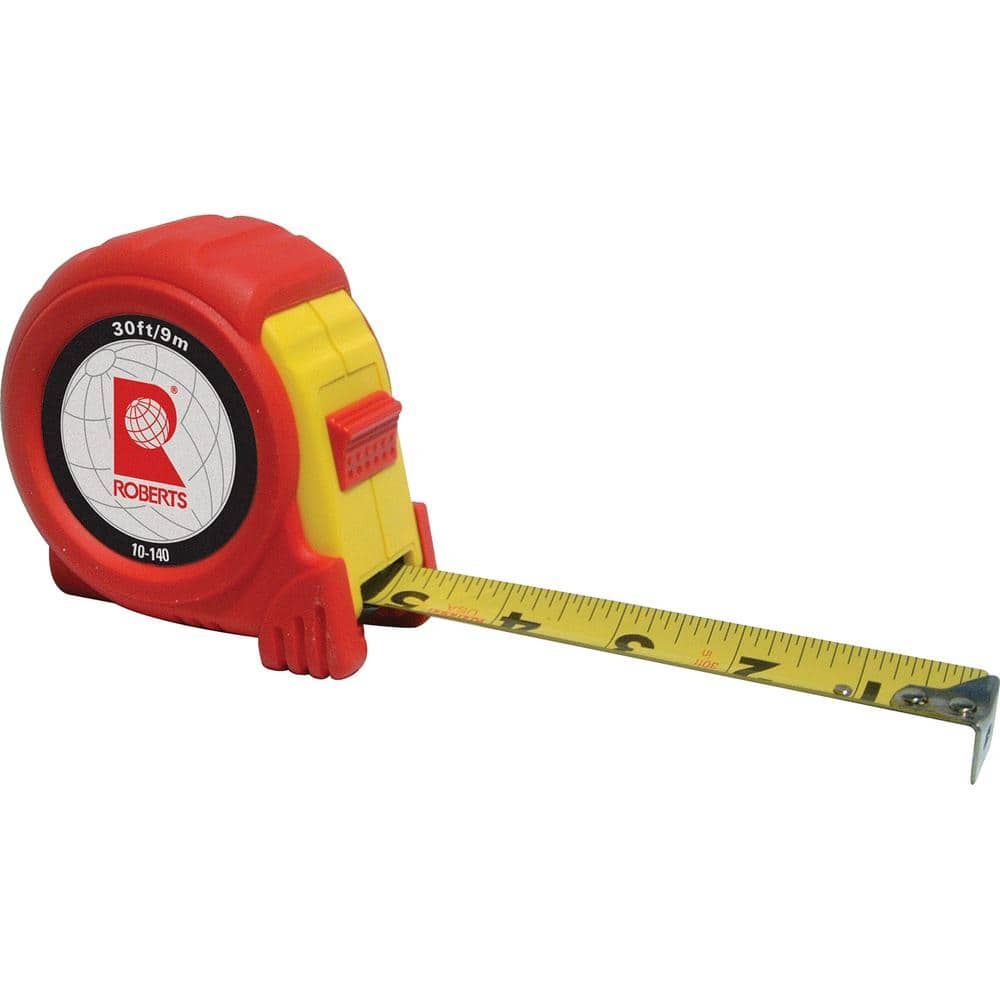Poured Concrete Pavers Create a Stylish Patio

Last updated August 21, 2024

Nicole White is the Principal Designer and CEO of Nicole White Designs Interiors, an award-winning full-service boutique interior design firm based in South Florida. Before launching her successful design firm, Nicole was an award-winning journalist whose stories appeared in The Miami Herald, Village Voice and Vibe magazine. Her passion for design led to weekend projects for friends and family. Ten years later, she continues to turn homes into soothing yet savvy retreats for clients throughout South Florida and the Caribbean. She prides herself on cultivating intimate and long-standing relationships with clients as they design for the varying stages of their lives. A Jamaican native, she is deeply inspired by colors and textures of the Caribbean and constantly fuses those elements in her designs. Nicole prides herself on creating a room guided by her client’s passions be it contemporary, traditional, vintage or modern. When not busy on project sites, she enjoys sharing the behind the scenes tales of design on her blog, Live Laugh Decorate, traveling to some of her favorite cities and spending time with her son Xavier.
A Note From The Home Depot
When Nicole White Quinn of LiveLaughDecorate decided to create a patio in her backyard, she thought big… big pavers specifically. The oversized poured concrete pavers were a challenge to make, but you can see that the resulting patio is simply beautiful.
Here, Nicole takes us through all the steps that were involved in creating her paver and gravel patio.
Table of Contents
Poured Concrete Pavers and Gravel Patio
Step 1: Cut 2 x 4’s to Plan Space
Step 2: Finalize Your Design
Step 3: Ensure Your Space Is Level
Step 4: Pour the Cement
Step 5: Level Out Each Poured Concrete Paver
Poured Concrete Pavers and Gravel Patio
The most challenging part of our recent patio makeover for the The Home Depot Patio Style Challenge, was building the cement paver patio. I always wanted large pavers to anchor the outdoor space, and I knew making them ourselves would be a doozie. But I also knew that creating poured concrete pacers would be the most cost effective approach.
So, here are some things to ponder first if you’re considering these for your own outdoor project:
- How much an area do you want to cover? And what size do you want the pavers to be? Perfect squares throughout will be the easiest way to go since you’ll just need to divide the square footage of the planned area by the size squares you’ve settled on. I wanted really large rectangular pavers which meant having skinnier pieces along the perimeter to finish things out within my preferred patio size of 20 ft. x 26 ft.
- If the area just has dirt, then prepare to level it as best as possible.
- If there’s grass, then it’ll need to be removed to create a level bed for the pavers. Some additional soil may be needed to make sure it’s level.
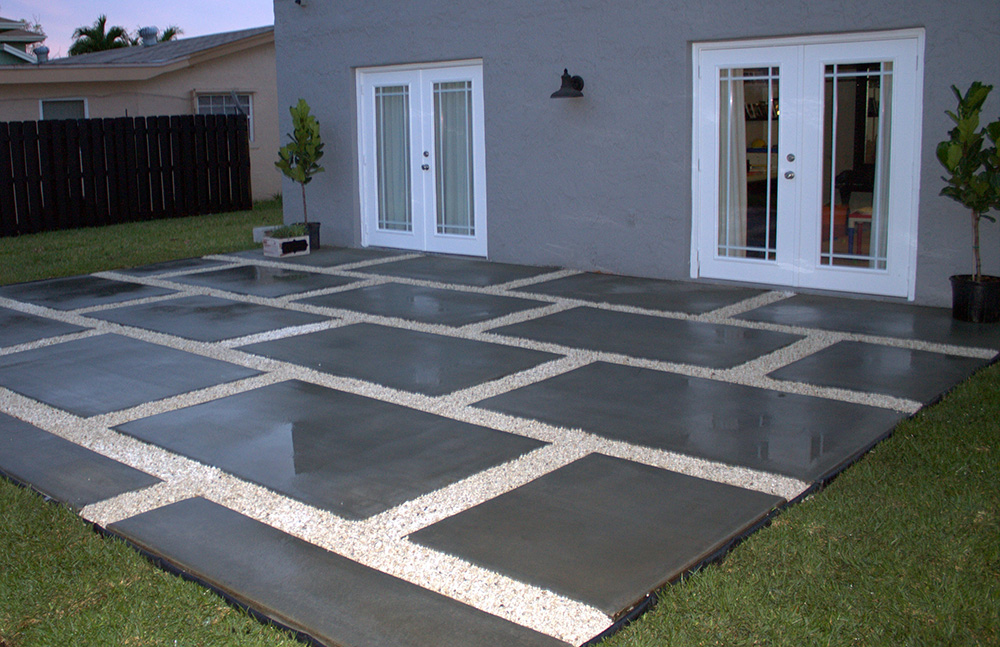
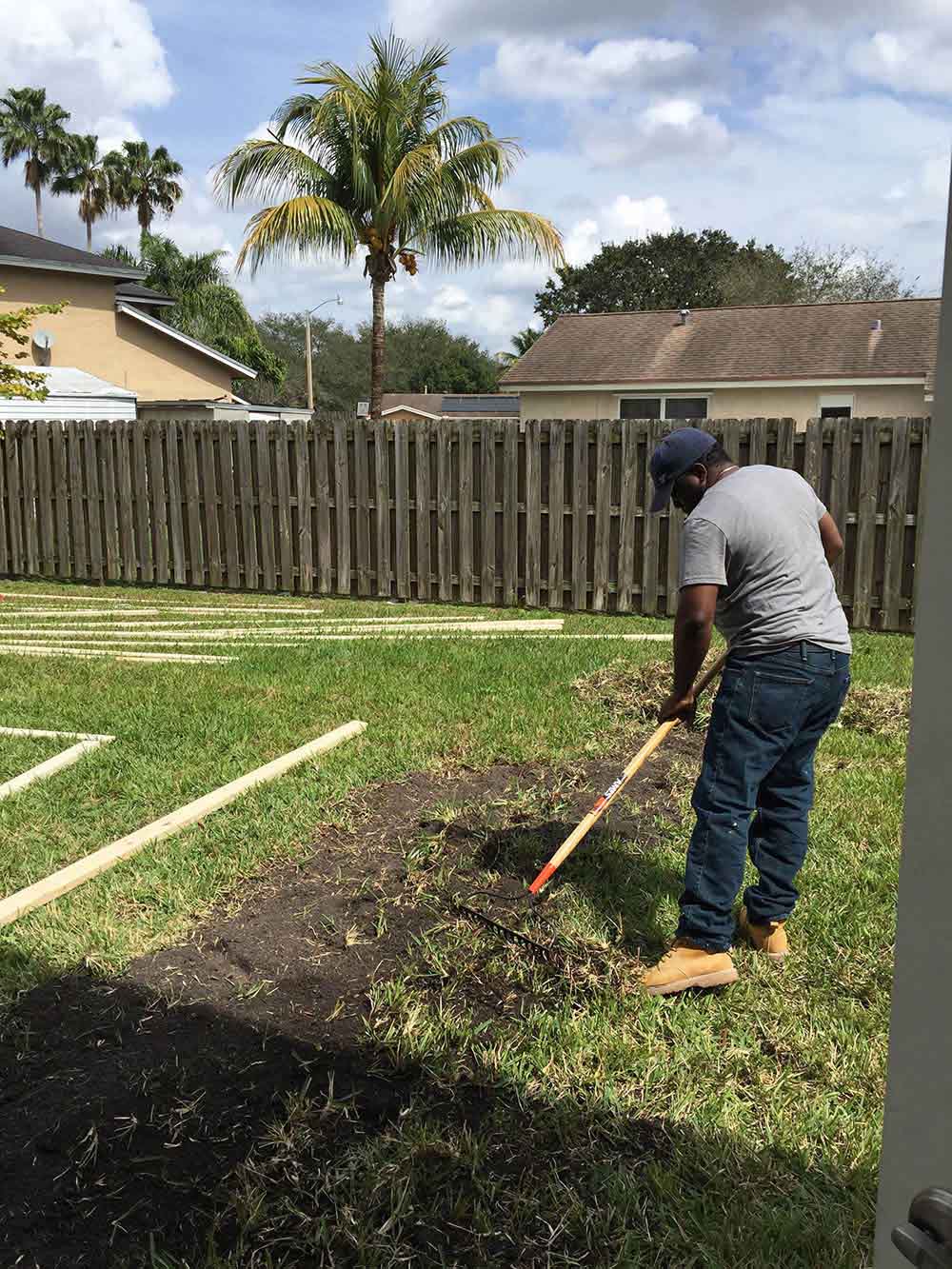

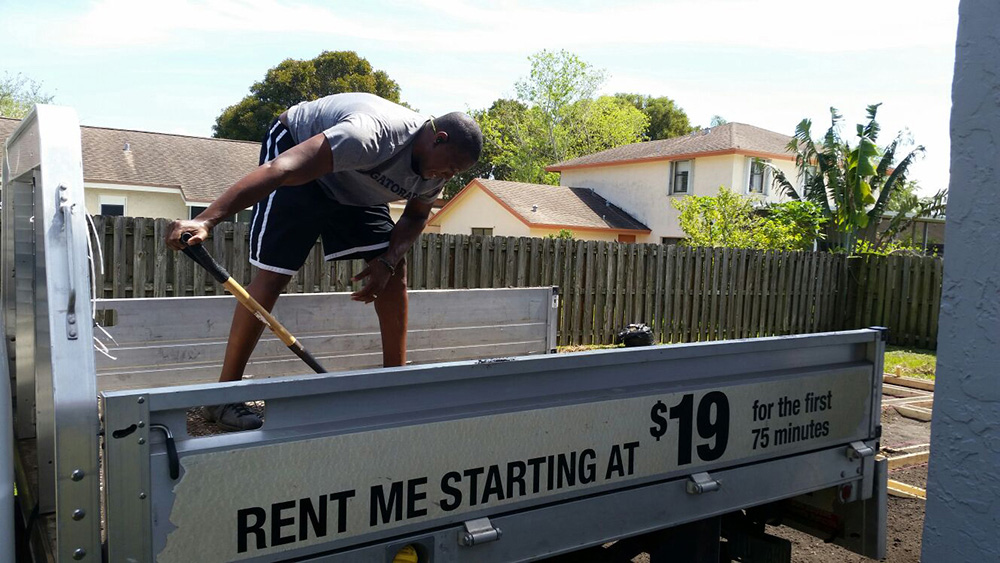
Once you’ve prepped the area it’s time to shop for what you need.
Step 1: Cut 2 x 4’s to Plan Space
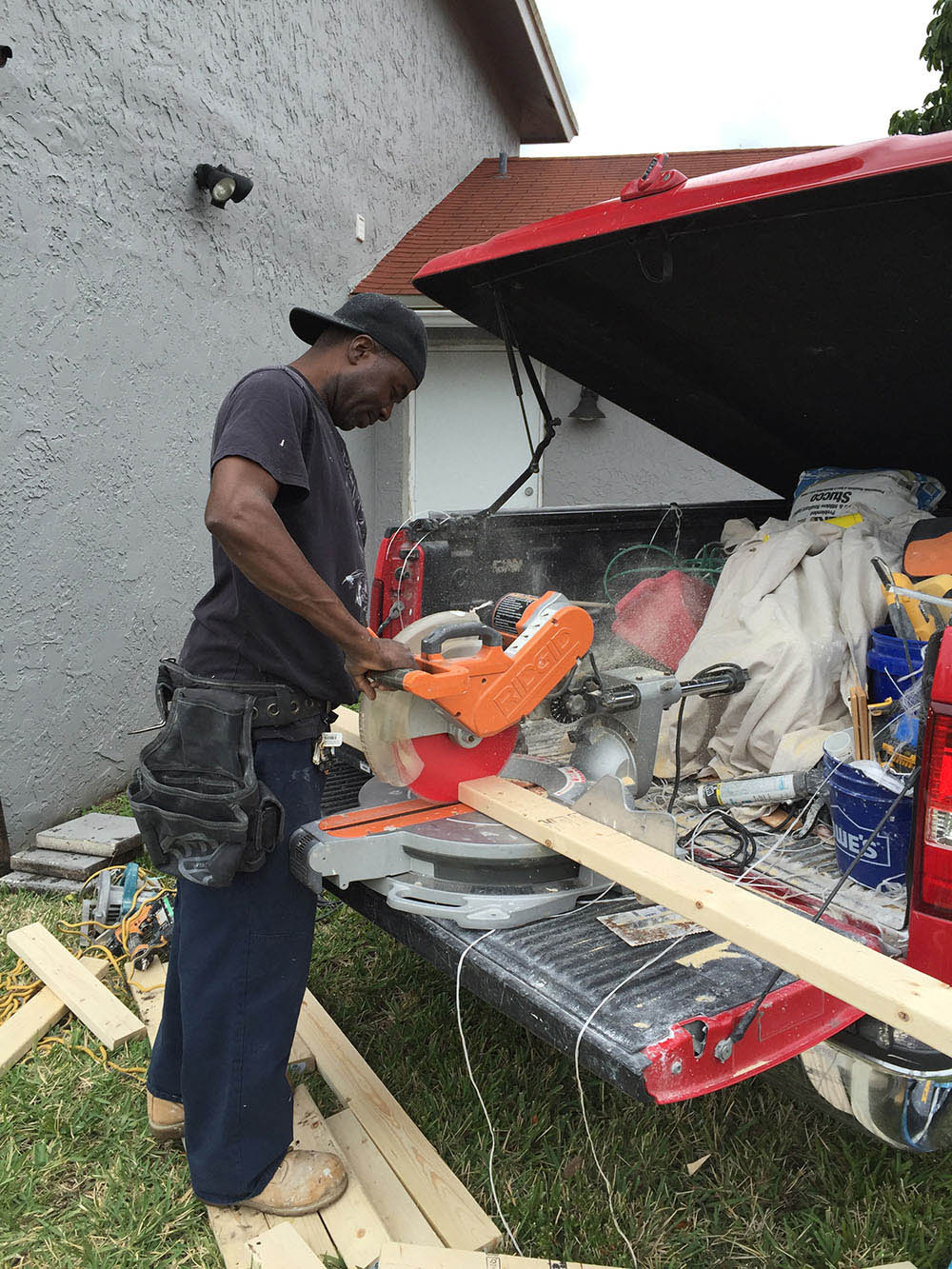
Settle on your paver sizes, and start cutting the 2 x 4 studs to make your forms.
Step 2: Finalize Your Design
Once cut, nail pieces together and start laying out the forms to finalize your design.
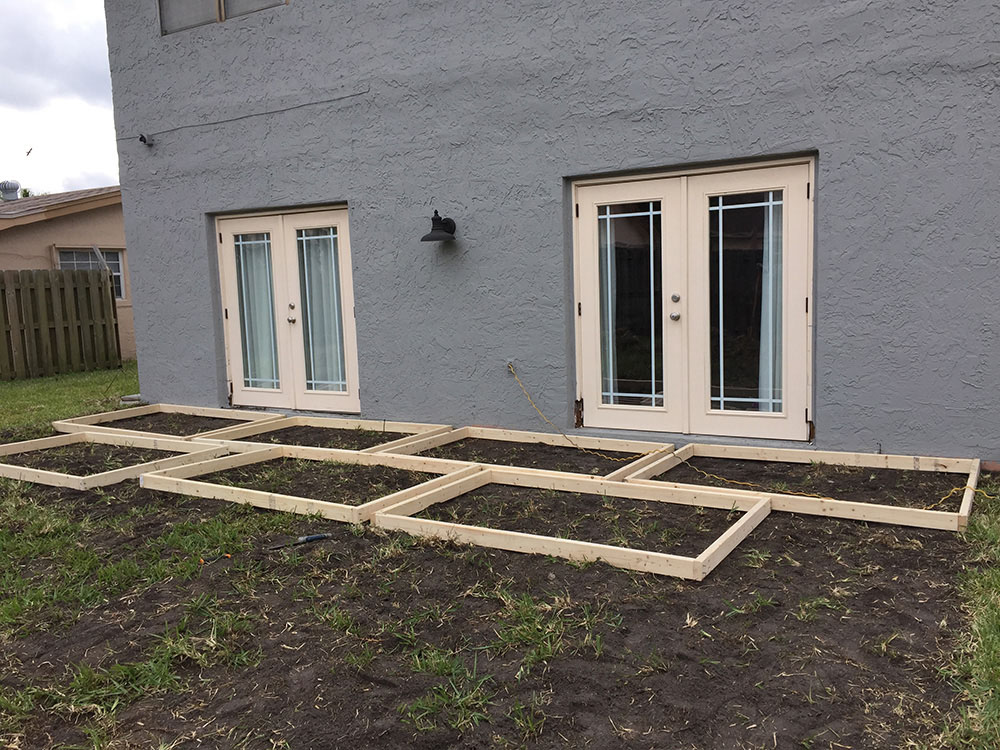
To keep the forms level and in place, you’ll also need the full length of several pieces of 2 x 4s to frame the entire perimeter of your patio area.
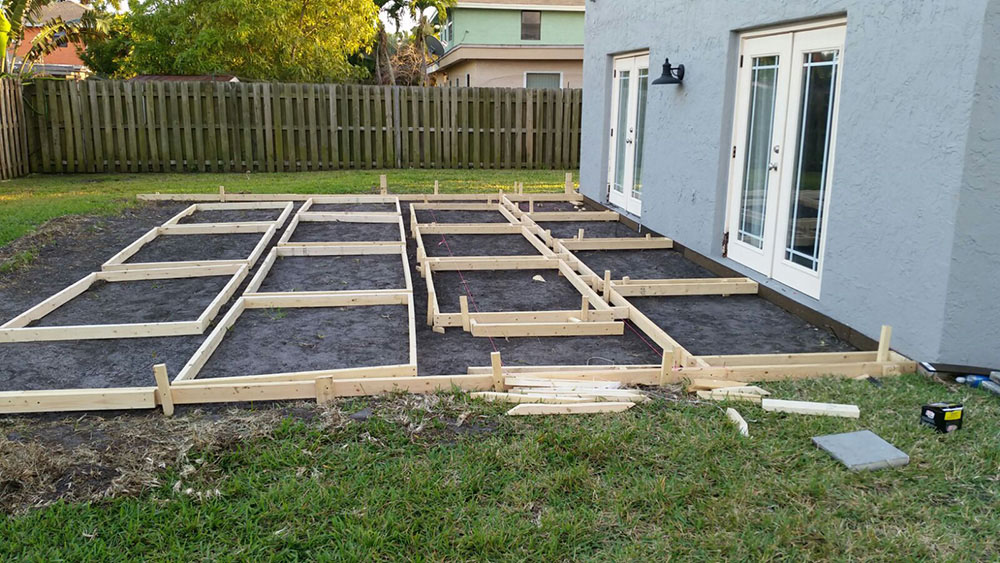
You’ll need these long pieces around the edge of the planned patio, to serve as a guide to level the paver frames as you lay them in place.
Step 3: Ensure Your Space Is Level
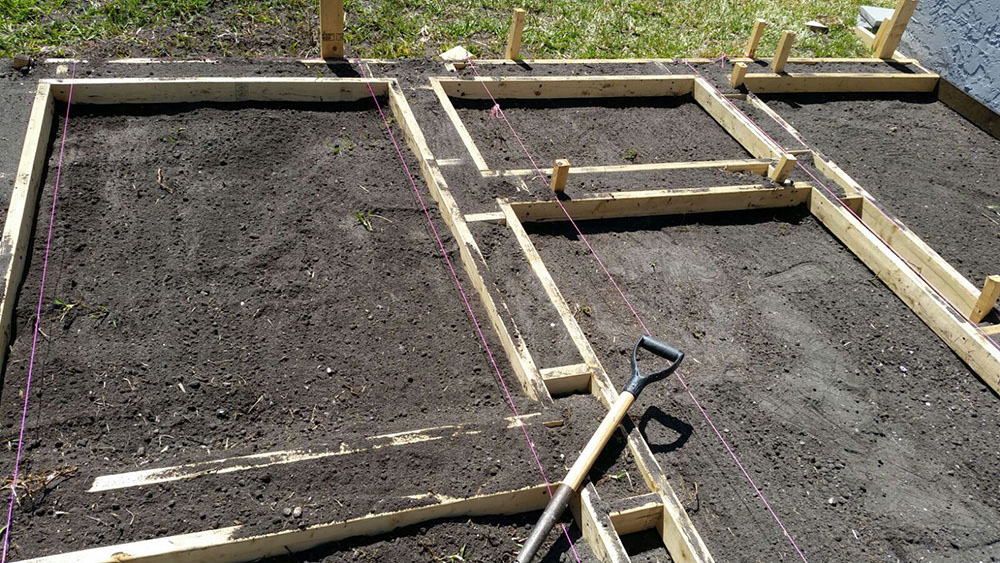
Stakes are placed behind the long pieces of 2 x 4s, the twine is then attached to the stakes, and stretched across the full width of the space to be sure the area is leveled.
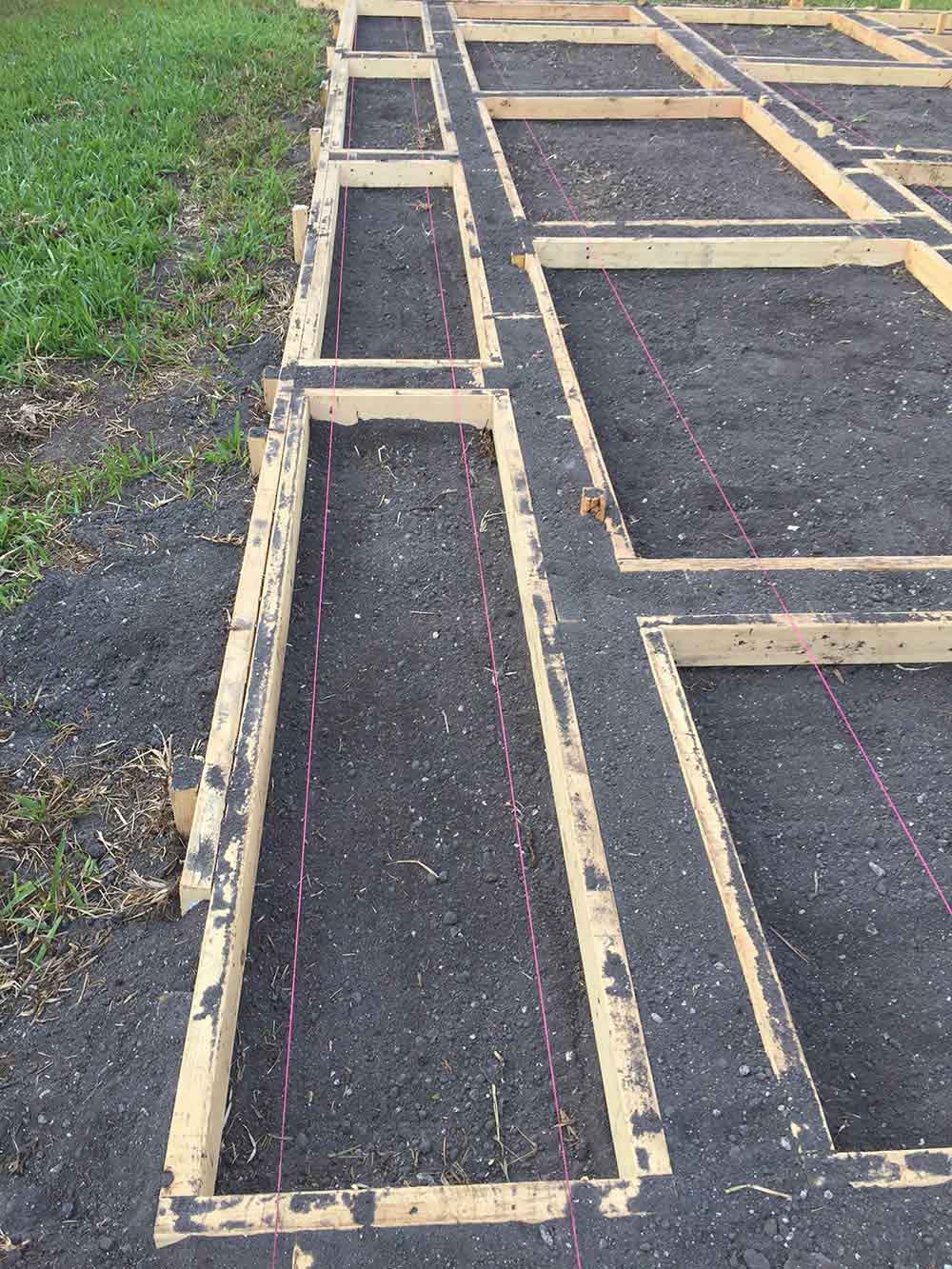
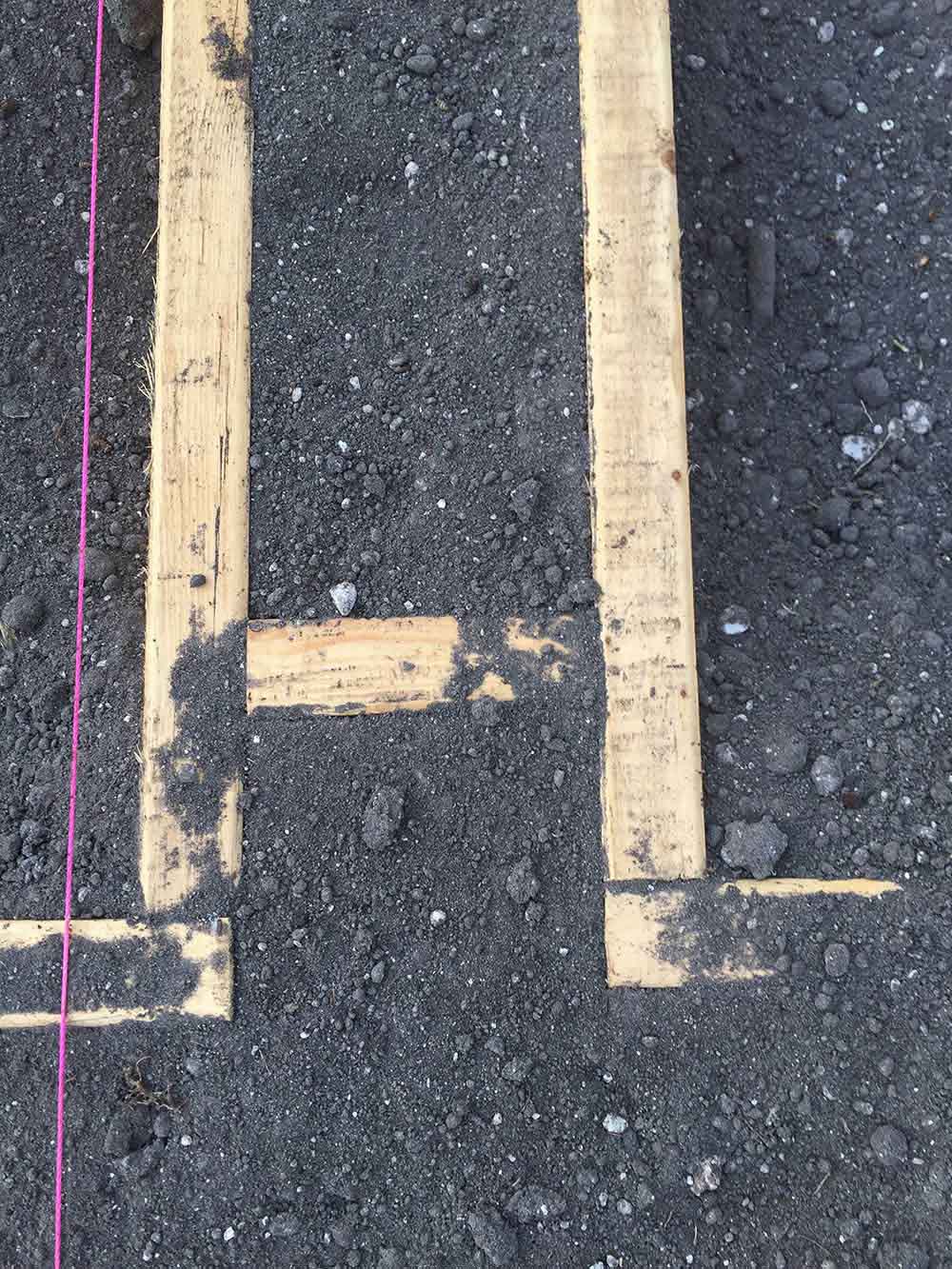
To be certain the forms don’t shift around during the cement pouring process, we inserted pieces of wood in between each frame.
Step 4: Pour the Cement
We were then ready for the day of reckoning: the cement pour. For smaller patios, you can consider mixing and pouring the cement yourself. Since our concrete pavers were going to be so large, it simply made sense to spend extra on a cement mixer.
To avoid the added step of adding wire mesh to each paver form, we asked that fiberglass be mixed in with the cement. This process ensures the sturdiness of the pavers once set.
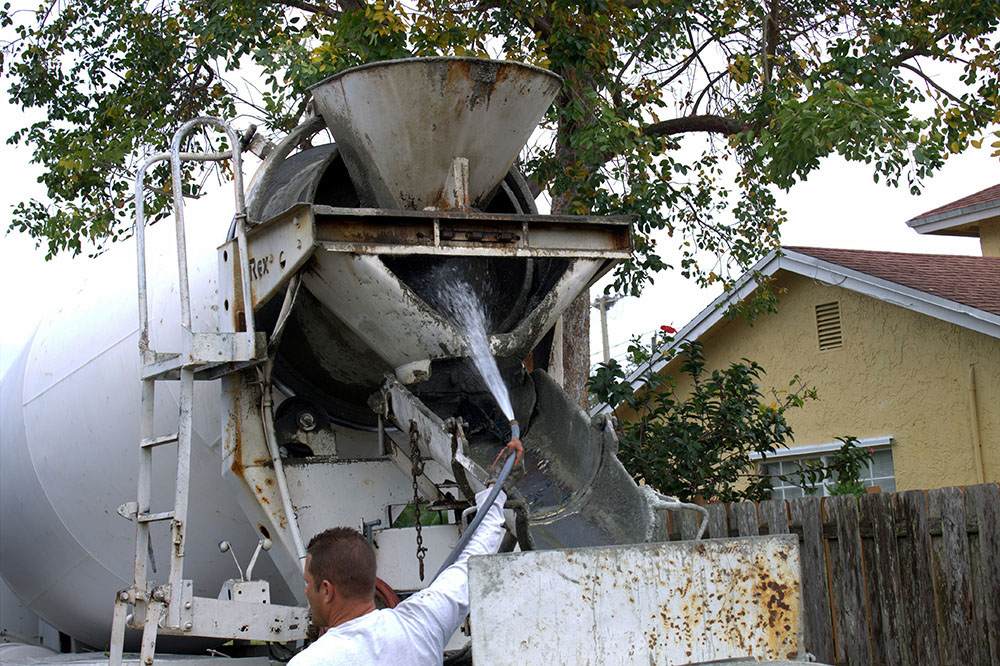
The cement is mixed and the pour gets underway.

Nothing is poured in the spaces between the forms since we plan to add gravel as our decorative element.
Step 5: Level Out Each Poured Concrete Paver
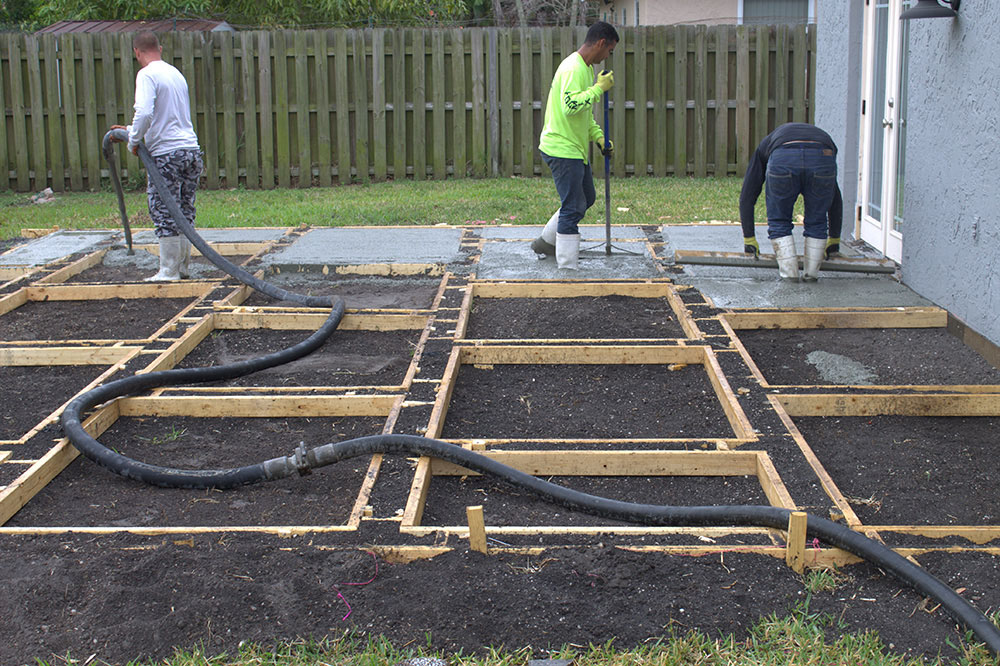

Cement dries quickly, so the guys moved swiftly to level out each paver.
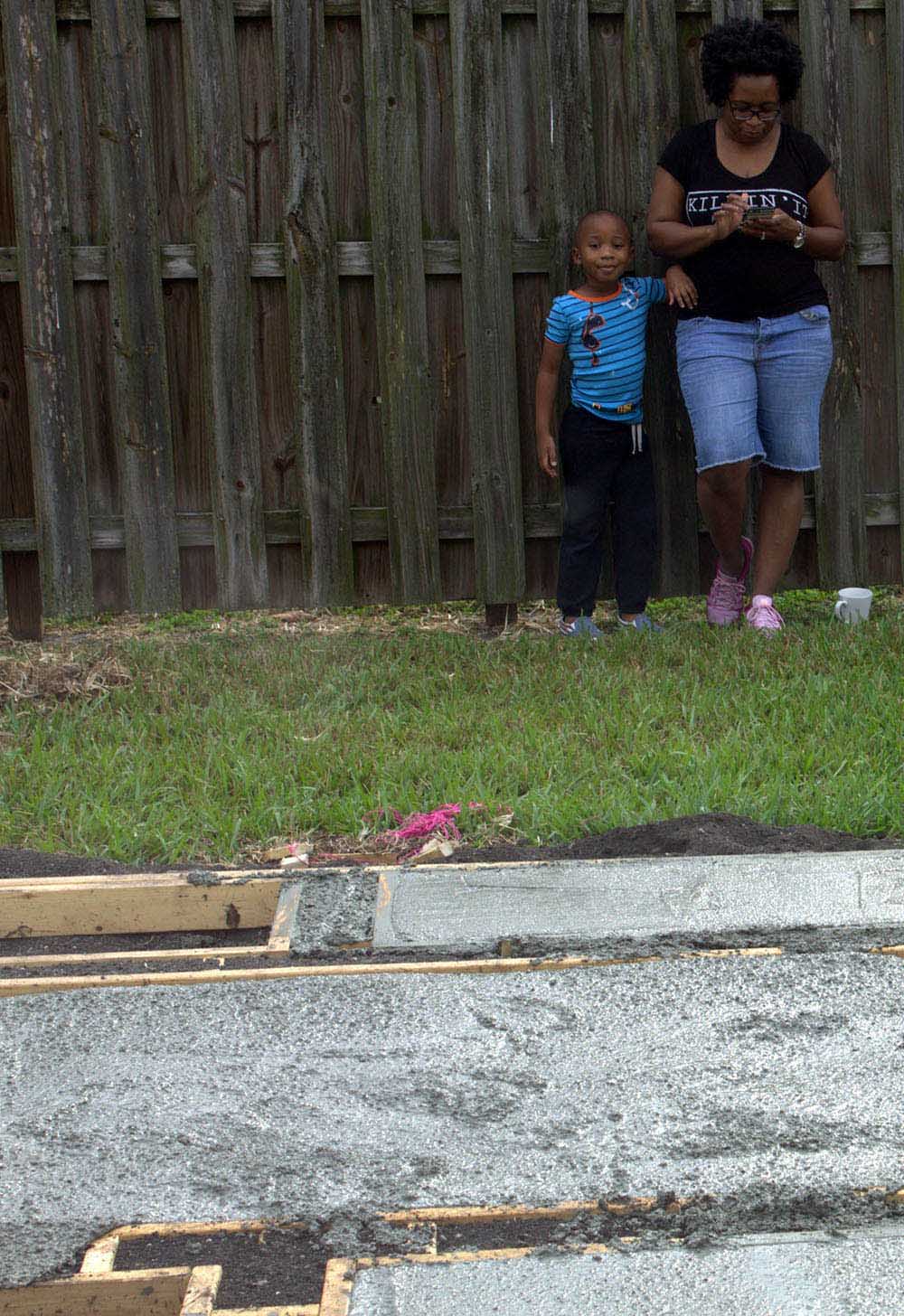
Xavier and I supervised from afar!
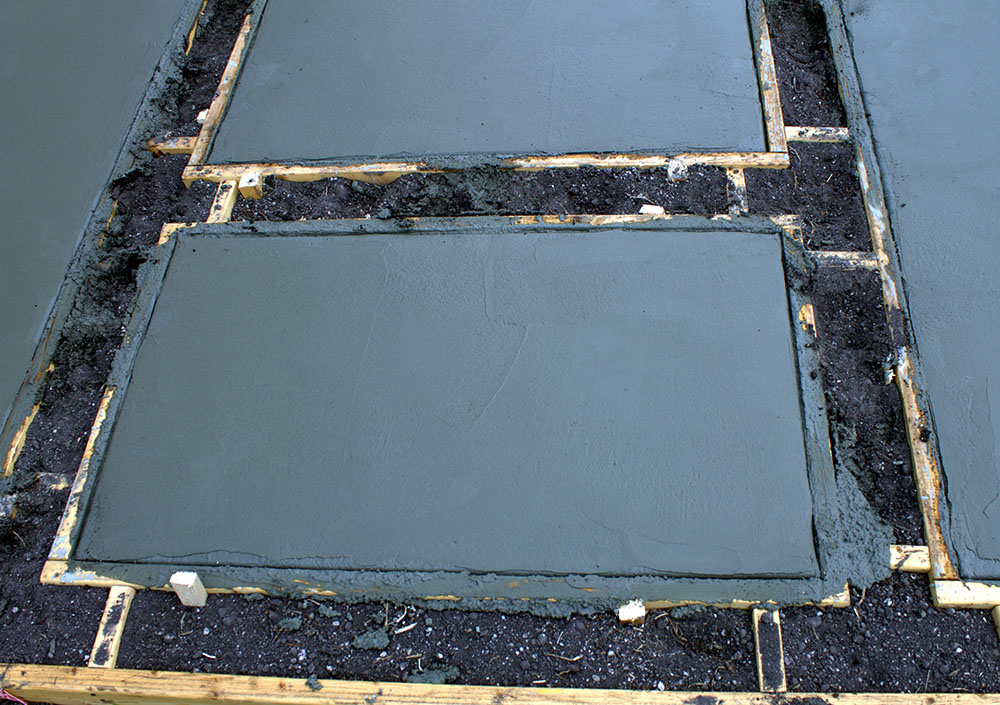
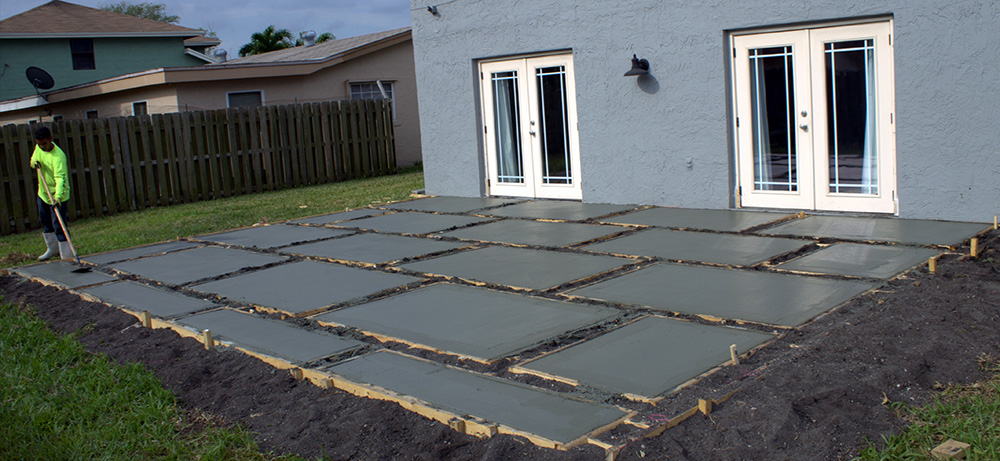
Rain was a constant threat throughout this Style Challenge, including the day of the pour, which made things a tad nerve-wracking. But, amen, they were done within two hours and the poured concrete pavers were left to set.
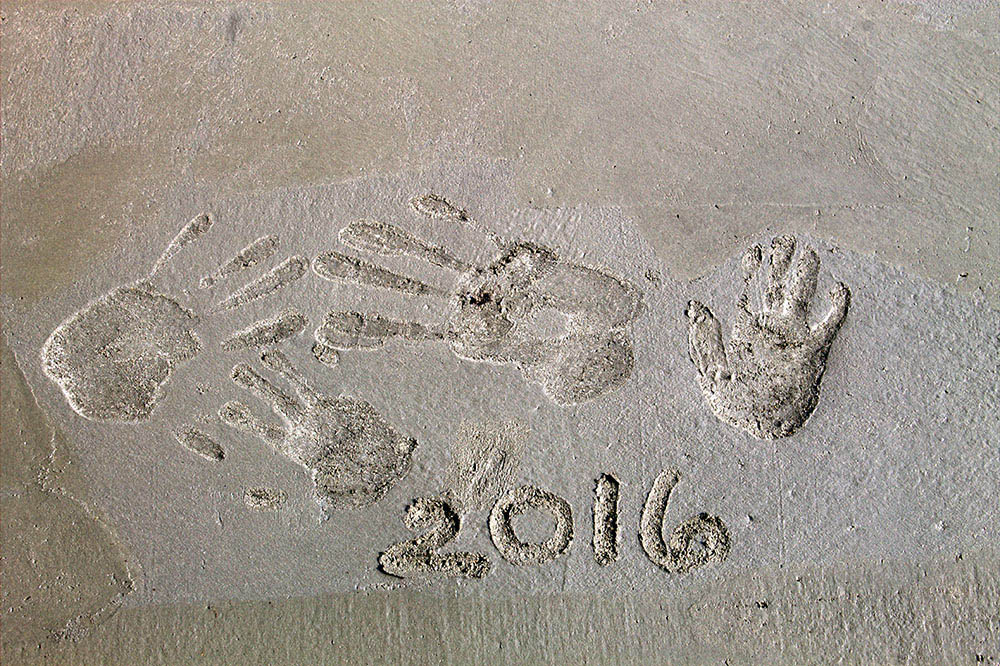
…but not before we snuck in and left our prints to “cement” the moment.
Step 6: Remove the Frames
The frames can be removed within 24 hours, though 48 hours is recommended. We used a hammer and crowbar to pry them away from the concrete. You can try to save the frames to reuse elsewhere, just note this will take much longer since you’re trying not to damage the frames.
Step 7: Pour the Gravel
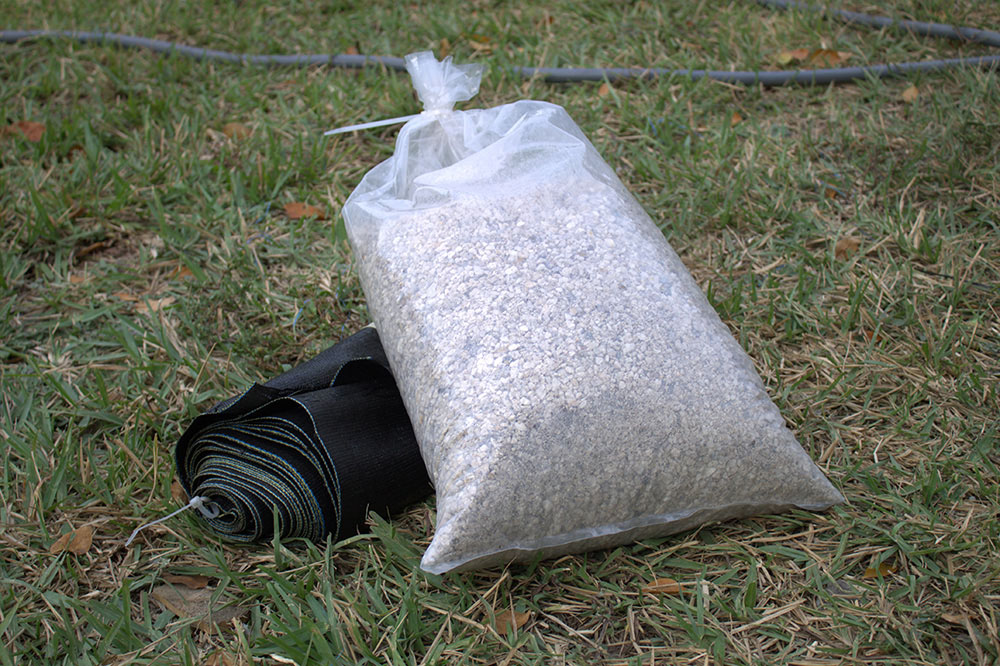
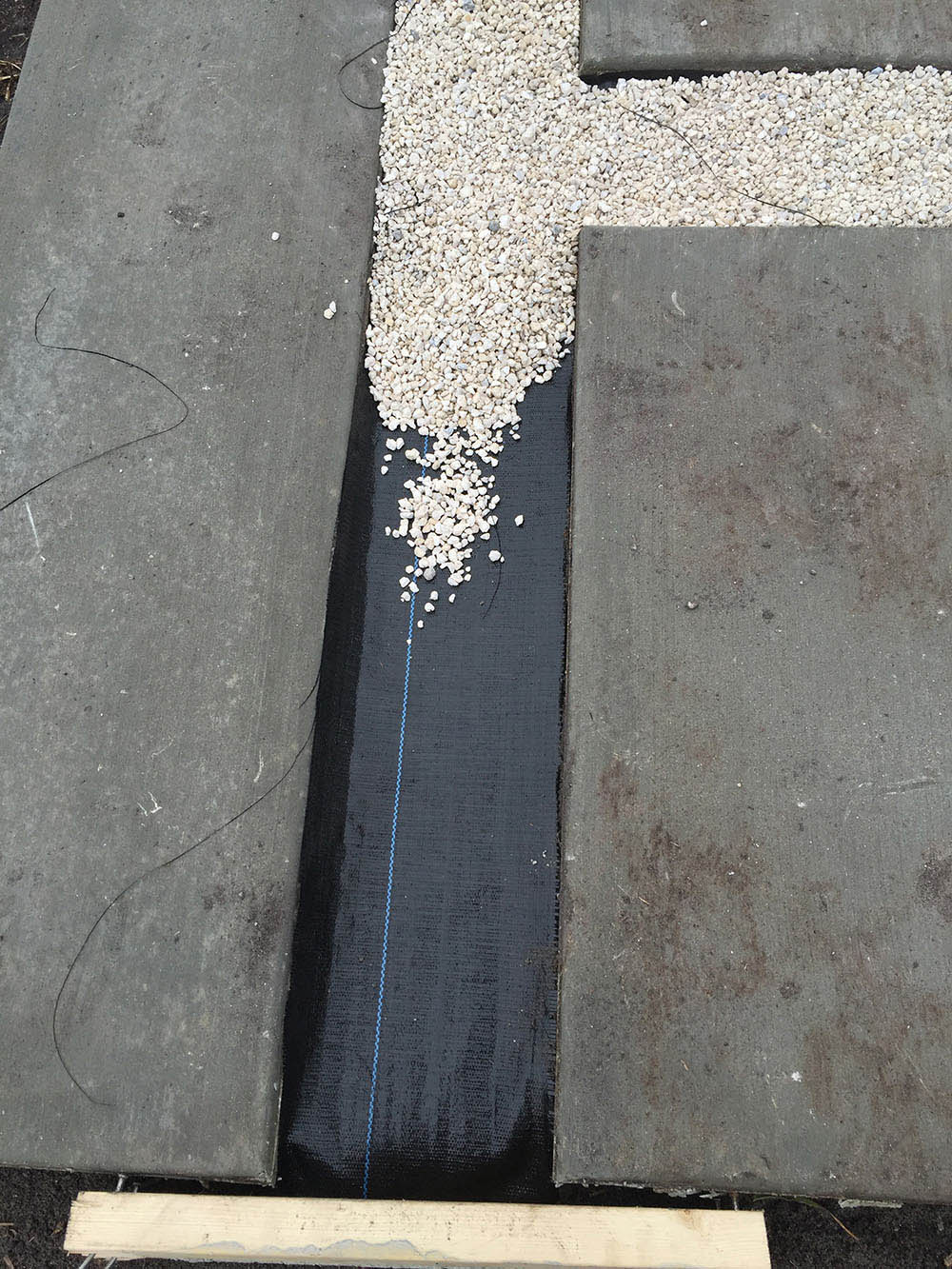
We then used weed blocking liner similar to line the areas between the pavers before pouring in our pea gravel.
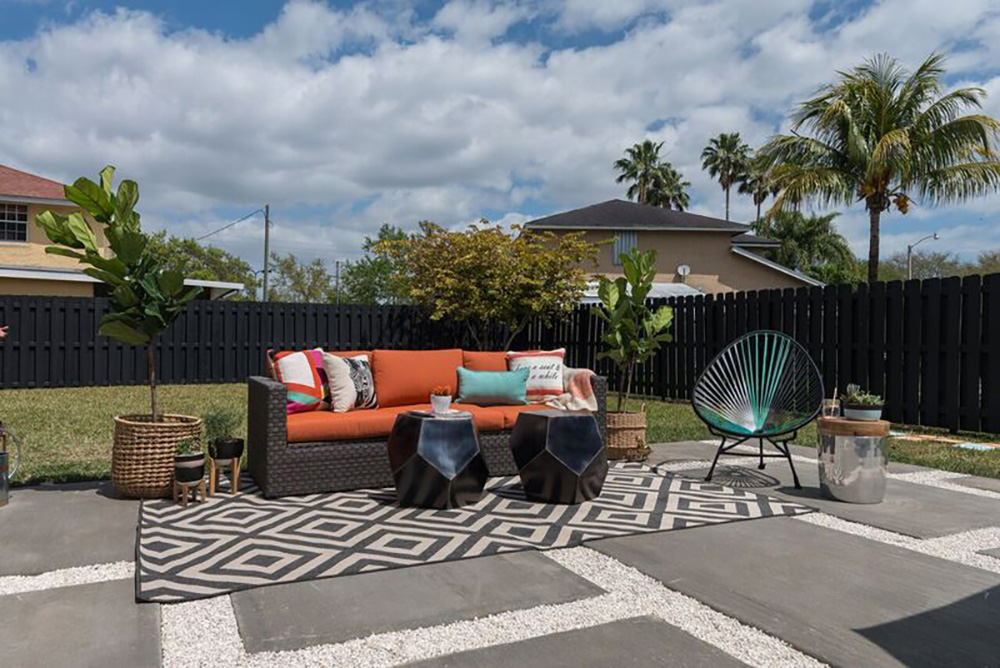
And there you have it, the step by step guide to making your own cement pavers. We are beyond thrilled by the end results and I’m happy to report, our new patio was the star of the show during our first outdoor BBQ over the Easter weekend.
Nicole White Quinn of LiveLaughDecorate is the CEO/Design Principal of Nicole White Designs Interiors, a full-service boutique interior design firm, based in Miami, Florida. Nicole is an award-winning designer, whose projects have been featured in various publications including Better Homes and Garden magazine, Apartment Therapy, The Miami Herald and other publications.
You can rent concrete tools and equipment at The Home Depot.
Follow our Outdoor Living board on Pinterest for ideas on how you can make the most of your outdoor space.
This post was created in partnership with The Home Depot. The author may have received compensation for this article and associated images or video, potentially in the form of products and/or services. All expressed opinions and experiences are the author’s own words.




